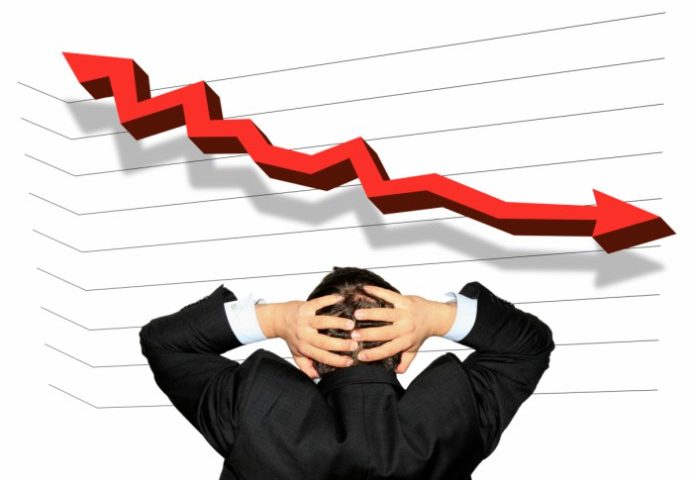Article Update: When To Avoid Selling A Stock Before It’s Marked Down

Article Update: The political economy of change
October 16, 2017
Article Update: This week; What to expect from the Nigerian Economy
October 16, 2017So let’s assume you buy a stock for N2.50 and it is currently trading at N3 per share. The stock proposes to pay a dividend of 30k. You have two choices. One is to sell at N3 and pocket a 20% gain. Second is to hold the stock and pocket a 30 kobo dividend or yield of 12%. Most investors will go for the first. Here is why;
One time-tested trick in investing in stocks is the concept of selling stocks just before they are marked down and then buy just after in the hope that the share price will rise again. The reason of course is simple. Investors know that when stocks get marked down, the proposed dividends for the period is usually deducted from the share price.
Using the example above, the stock will get marked down to N2.7 (N3-N0.3) and if you had chosen the first option, you would have pocketed 20% gain and can buy the stock again if you see value in the new price. If you however went for the second option, then you will pocket the 12% dividend yield and hope that the share price rise again, rather than drops. In some cases, the share price will continue to drop and may take longer than expected to recover to the N3 price. But what if you could still chop the dividends and still end of selling the stock at above N3? These are clearly outliers and we’ll explain how to find out these stocks;
Fundamentals – Stocks that trade at a low P/E ratio despite reporting very high earnings growth can be exceptions to this rule. This is especially if they have strong potentials for more growth and look set to outperform the latest results. In this case, it is even better to buy more after the stock is marked down. And even when the share price continues to drop just keep buying as the stock will make a rebound once it is close to the next earnings season. For me, stocks that fall into this category are those that have low price earnings ratio when compared to peers. And stocks that have Price to Earnings Growth (PEG) ratio of less than 1. They can also be stocks that are in high growth businesses and show strong signs of growing for years to come.
Investor appetite – Another sign is when you observe that the stock market is on a bull run perhaps due to increasing investor appetite. For some investors, even an average stock in a market that is bullish is better than a value stock in a market that is bearish. If you notice that stocks are rising all around you then you might consider holding the stock and collecting the dividends.
If you’re in it for the long haul – Some investors frankly don’t attach sentiments to any stock and will sell at the slightest opportunity they get. However, some are bought to keep investors and can keep a stock in their portfolio for years. If you fall into the second category, then you obviously should not be in a rush to sell. However, you must make sure that you are stone cold to external pressures or sentiments that can make you rush into panic selling. That way, you can hold the stock till the share price rebounds again.
If you reinvest dividends – Though not popular in Nigeria, some investors like to reinvest dividends in stocks hoping to compound earnings. Doing this means of course that the stock fulfills the three exceptions above and that you have a separate account where proceeds of your investments in stocks are deposited. You should also have very good record keeping.

